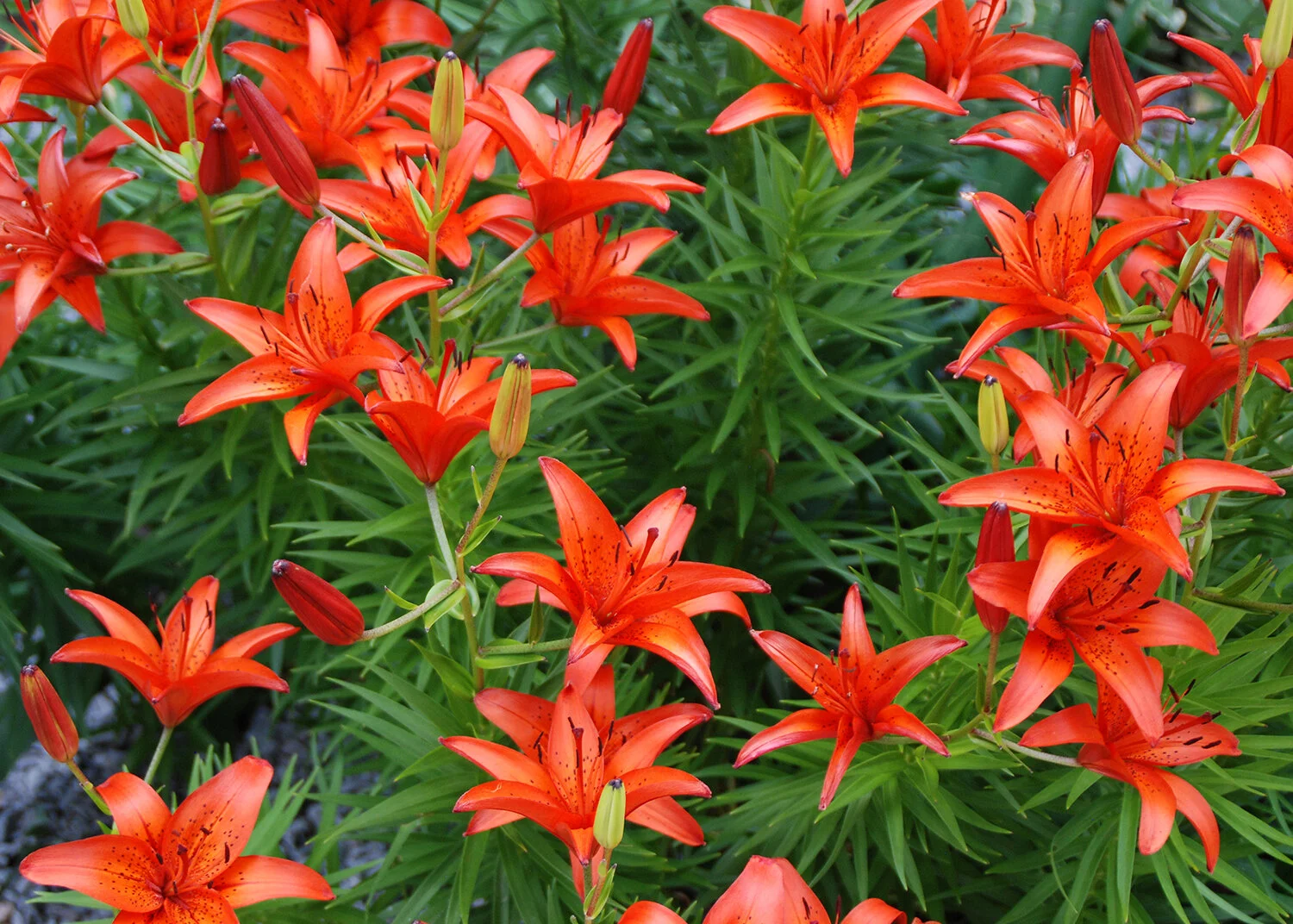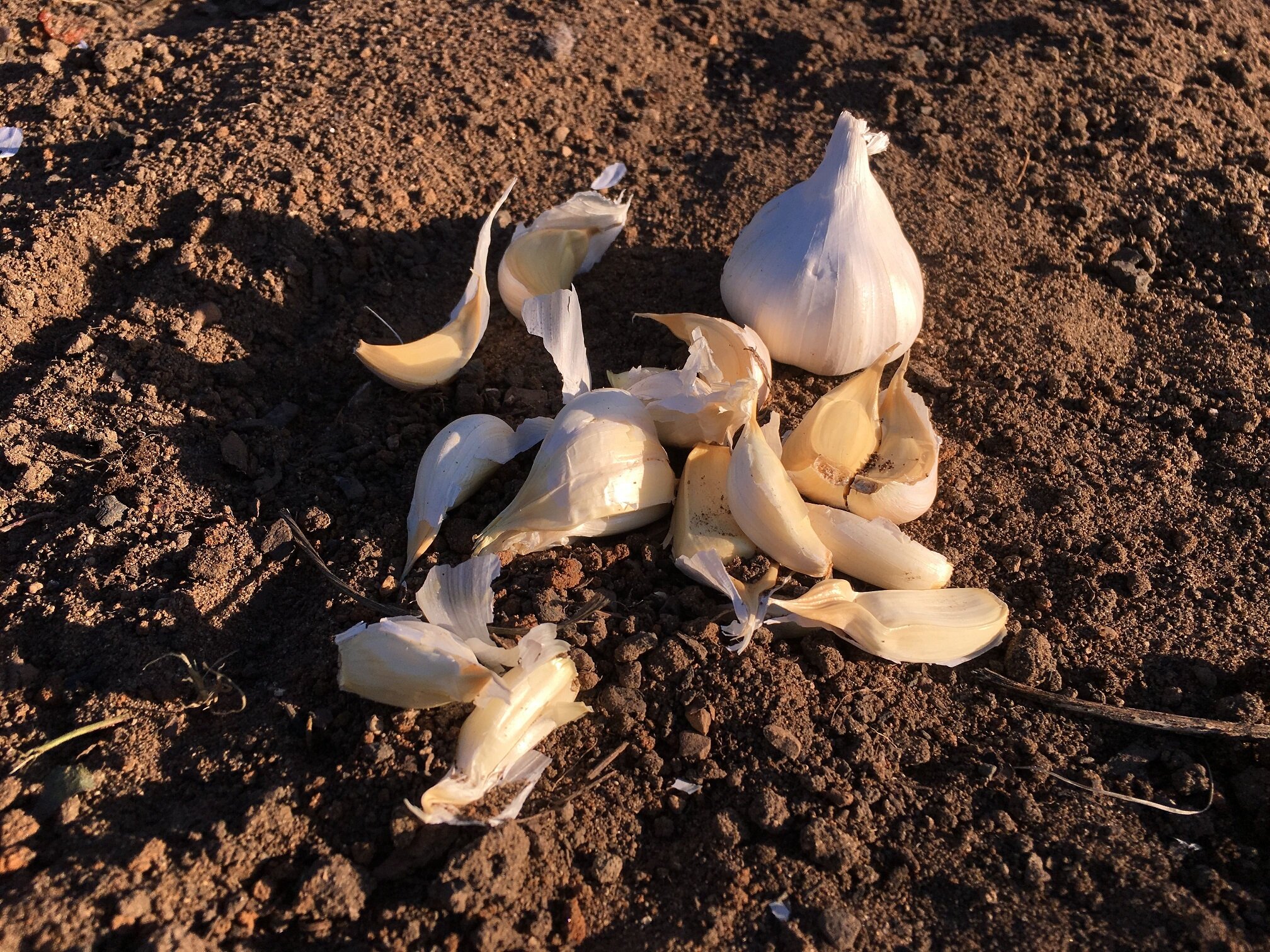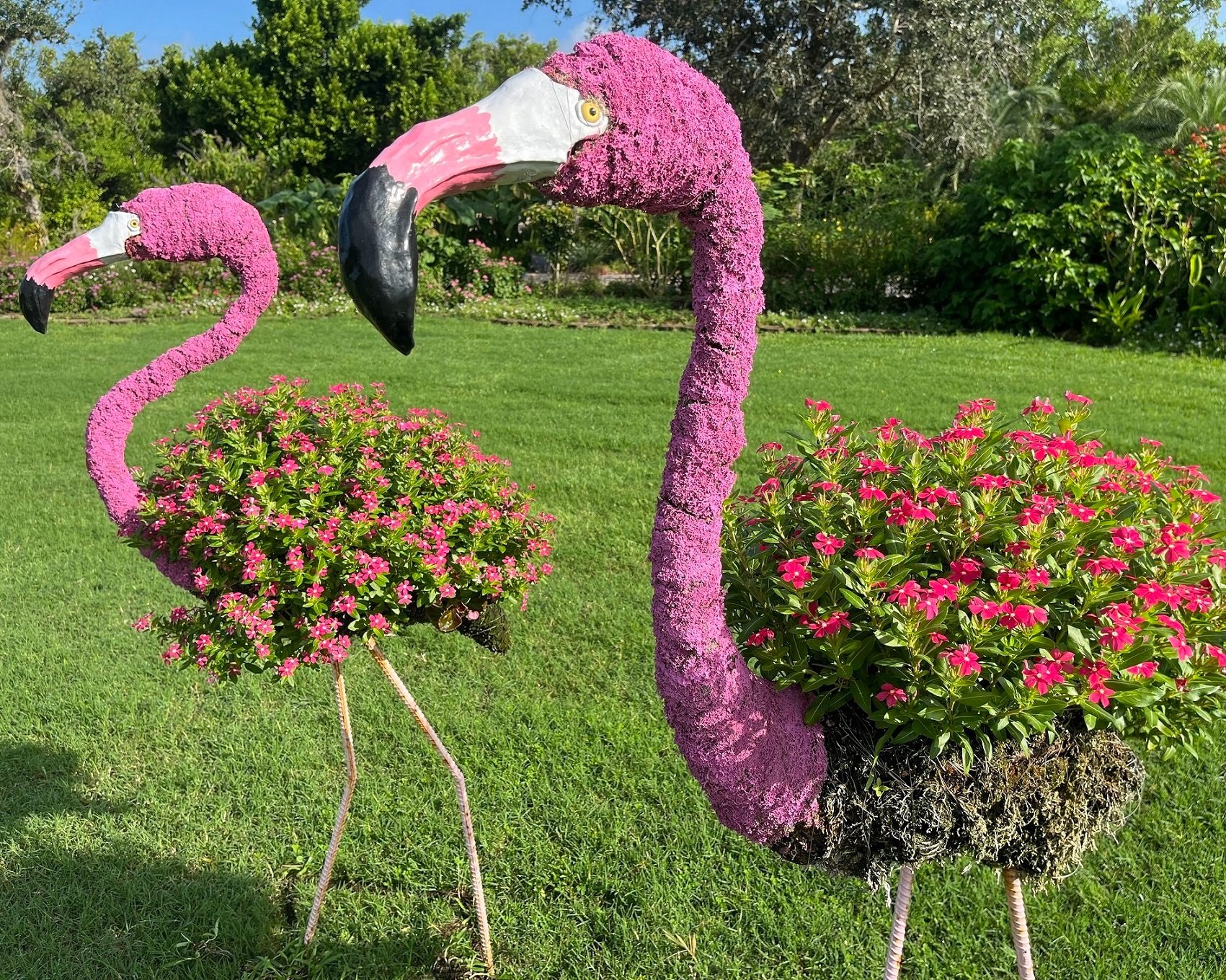Plant Trees Now for Decades of Shade and Beauty

Cooler temperatures and warm soil make fall a great time to add trees to your landscape. Make the most of this investment of money and time and give your tree its best chance at survival with proper planting and care.
Select a tree suited to the growing conditions, your landscape design, and available space. Make sure it tolerates the sunlight, soil, and temperature extremes. Check the tag for the mature height and spread. You’ll have a better-looking plant that always fits the space with minimal pruning.
Avoid planting near overhead utilities since trees and power lines make for a dangerous combination. Contact your underground utility locating service at least three business days before placing the first shovel in the ground. It’s free and all you need to do is call 811 or file an online request.
Once the area is marked, you can get busy planting. Ensure your tree thrives for many years to come with proper planting. Dig a saucer-shaped hole three to five times wider than the root ball. It should only be as deep as the distance from the root flare to the bottom of the root ball. The root flare, where the roots bend away from the trunk, should always be at or slightly above the soil surface.
Set the tree in the hole, then peel back and cut away any burlap and wire cages. These can eventually constrict root growth. Roughen the sides of the hole and backfill with the existing soil. Water thoroughly to moisten the roots and surrounding soil.
Continue to water thoroughly whenever the top few inches of soil are crumbly and moist. Proper watering, especially during the first two years, is critical for establishing trees. Watering thoroughly as needed encourages deep roots and a more drought tolerant and pest resistant tree.
When planting, the tree’s root flare should always be at or slightly above the soil surface.
Monitor soil moisture near the trunk and beyond the rootball. Since many containerized trees are grown in soilless mix, the rootball dries out more quickly than the surrounding soil. Adjust your watering technique and schedule to accommodate this difference.
Mulch the soil surface with a two- to three-inch layer of woodchips or shredded bark to conserve water, suppress weeds and improve the soil as it decomposes. Pull the mulch back from the trunk of the tree to avoid disease problems.
Remove any tags that can eventually girdle the tree and prune out any broken or rubbing branches. Wait a year to fertilize and two years, once the tree is established, for additional pruning.
Continue providing tender loving care for at least the first two years. Make regular checkups, prune to create a strong structure, and keep grass, weeds and lawn care equipment away from the trunk throughout the lifetime of your tree. Your efforts will be rewarded with years of beauty and shade.
Melinda Myers is the author of more than 20 gardening books, including Small Space Gardening. She hosts The Great Courses “How to Grow Anything” DVD series and the nationally syndicated Melinda’s Garden Moment TV & radio segments. Myers is a columnist and contributing editor for Birds & Blooms magazine and was commissioned by Longfield Gardens for her expertise to write this article. Myers’ web site is www.melindamyers.com.






